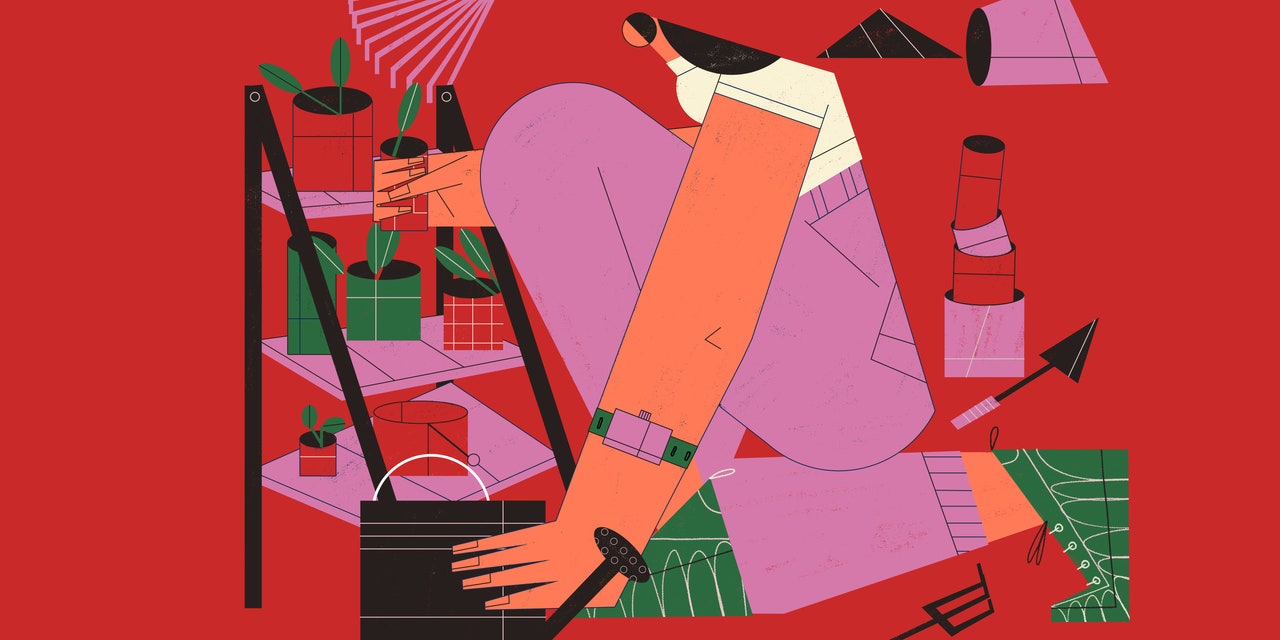
So you spent the weekend getting stuff done—scrubbing the floors, helping a friend move—or clearing your mind with a hike or bike ride. Come Monday morning, what’s your reward? A pair of achy knees.
If you’ve been noticing this more and more, it’s not your imagination: As you pass into your third decade and beyond, changes in your body and lifestyle make your joints more prone to that kind of discomfort. In fact, as you enter the “messy middle” of life, “it’s more uncommon if you don’t have some type of ache in your knees,” Joe Malizia, DPT, CSCS, a physical therapist at HSS Sports Rehabilitation and Performance West Side in New York, tells SELF. That doesn’t mean it’s inevitable, though. A lucky few people do reach their 90s with no evidence of arthritis or other knee problems, orthopedic surgeon Nikkole Haines, MD, assistant professor at Penn State Bone and Joint Institute, tells SELF.
While some of the risk factors for aching joints are genetic, systemic, or otherwise outside your control, there’s still a lot you can do to ward off the types of problems that pop up with age and manage them when they occur. Here’s how to tell the difference between a little age-related stiffness and swelling and something that’s more serious—plus what to do about it.
Here’s why your knees might be aching in the first place.
You’d expect to wake up with some achiness after squatting heavy, hiking a new technical trail, or climbing all 86 flights of the Empire State Building. But when discomfort starts to arise from, well, simple regular activity, that can make you really start to wonder what’s going on.
It all comes down to changes in tissue in and around your knee. This can start decades before osteoarthritis—a condition that occurs when the cartilage inside your joints breaks down over time—which tends to set in around your 50s and 60s.
Muscle mass decreases by about three to eight percent per decade beginning in your 30s, and its quality starts to change too, Dr. Malizia says. “When we’re young, muscle is like a nice filet mignon; it’s supple, it moves really well,” he says—all of which helps support and move your knee joint. But as the years pass, your muscles tend to lose pliability and flexibility, which can translate into extra pressure on the joint, even during everyday activities.
Ligaments and tendons hold your knee joint together, and those also tend to stiffen and tighten with age. That can compress the joint, causing pain or swelling, Dr. Malizia says.
All of these changes are compounded by each person’s asymmetries and unique movement patterns, the effects of which add up over time. For instance, if you always shift your weight to the right when you’re standing, the muscles and ligaments on that side can tighten, pulling your kneecap ever-so-slightly off track in a way that can create irritation underneath. So when you add a little extra activity to a knee that’s already slightly irritated—maybe so slightly you don’t even realize it yet—you wind up with that Monday-morning ache.






